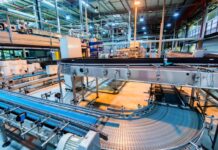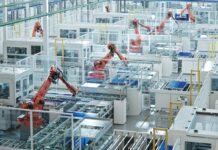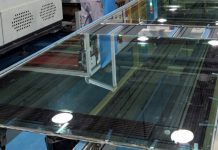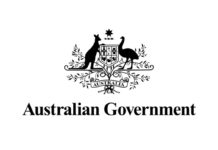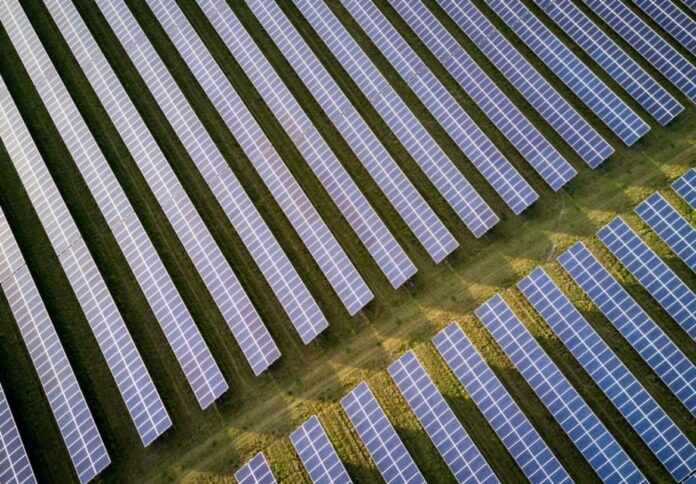
The 2024 National Manufacturing Summit, hosted by Weld Australia, is poised to unite top industry experts to discuss the practical aspects of manufacturing essential for Australia’s renewable energy transition.
The event will focus on the critical components needed to achieve a sustainable future and address the challenges ahead, Weld Australia said in a news release.
Themed ‘Pathway to Success: Making the Renewable Energy Revolution a Reality,’ the summit aims to bridge the gap between ambitious targets and practical implementation.
Scheduled for 31 July and 1 August in Brisbane, the event will act as a catalyst for action, innovation, and collaboration, steering Australia toward a sustainable and prosperous future.
The ‘Australian Capability’ session will offer insights into the capabilities of Australian companies in the renewable energy sector, featuring speakers like Tania Archibald, Chief Executive of Australian Steel Products at BlueScope, and Vesna Vesna Olles, Director of Strategy, Clean Energy, BOC.
The ‘Global Outlook’ session will provide perspectives on global trends and best practices that can enhance Australia’s renewable energy sector, with contributions from Koen De Backer, an international expert in public policy, and Elizabeth Thurborn, a professor at the University of NSW.
‘The Queensland Experience’ will highlight the state’s significant strides in renewable energy, driven by targets and substantial investments.
Speakers in this session include Linda Dobe, Director General of Queensland’s Department of Regional Development, Manufacturing and Water, Peter Ong, National President of the Electrical Trades Union, and Emeritus Professor Dr Roy Green of the University of Technology Sydney.
Geoff Crittenden, CEO of Weld Australia, emphasised the significance of this transition, stating, “The transition to renewable energy is paramount for Australia’s future. It is—by far—the biggest transformation of Australia’s energy market ever undertaken. As well as the shift from coal to firmed renewables, it will treble capacity to meet future demand, and enable a two-way flow of electricity across the grid.”
Crittenden highlighted the massive scale of the project, with renewable energy generation expected to grow from 64GW to over 218GW by 2050.
For instance, over 6,000 wind towers, each requiring upwards of 500 tonnes of plate steel, will be needed.
Currently, Australia produces 400kt of plate steel annually. Additionally, the Australian Energy Market Operator (AEMO) estimates the construction of more than 10,000km of new transmission lines and 24,000 transmission towers to connect new generation to consumers.
Crittenden called for replication of the Australian Government’s $1 billion investment in the Solar Sunshot program across other sectors, including hydrogen and wind tower manufacturing.
The domestic market for wind towers could range from $20 billion to $80 billion, according to AEMO scenarios.
He stressed that a local heavy manufacturing industry, supported by government investment, would expedite market entry and reduce supply chain risks.
For further information and to register, visit manufacturingsummit.com.au.
The summit is supported by sponsors including the Australian Government’s Department of Industry Science and Resources, BlueScope, the Centre for Future Work, the Queensland Government, and Standards Australia.


